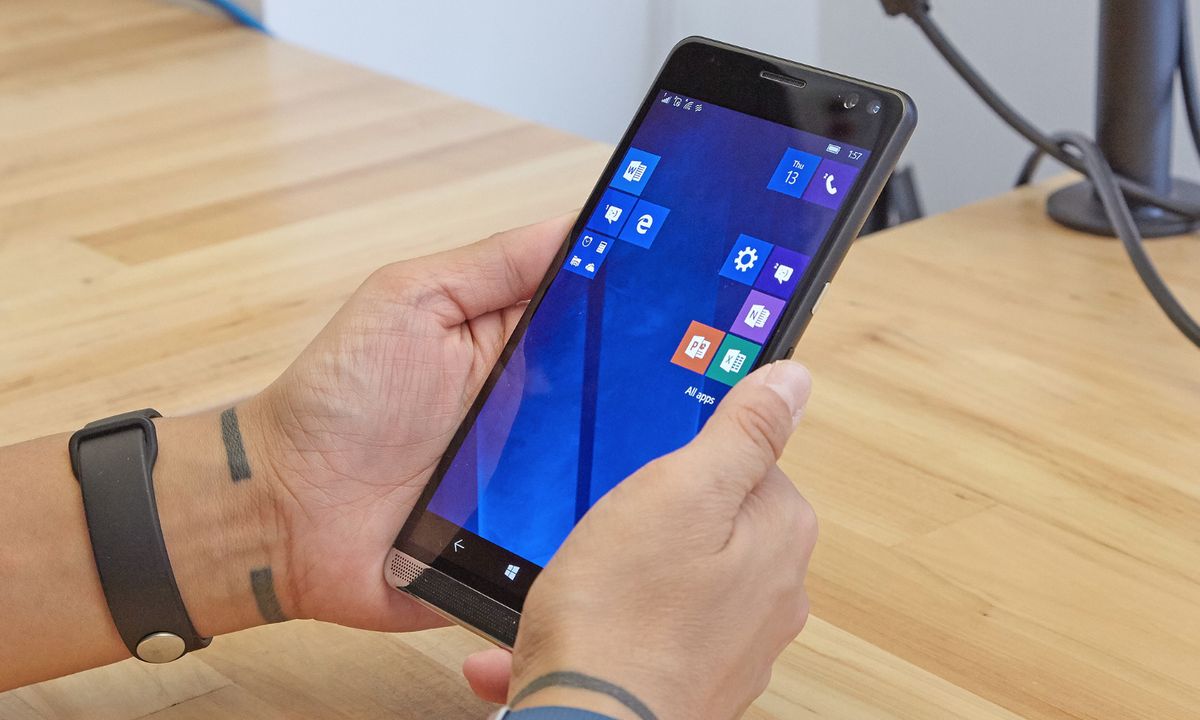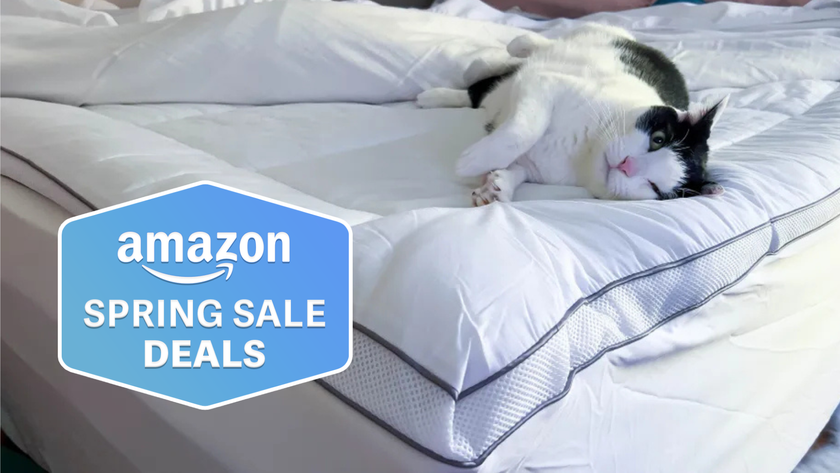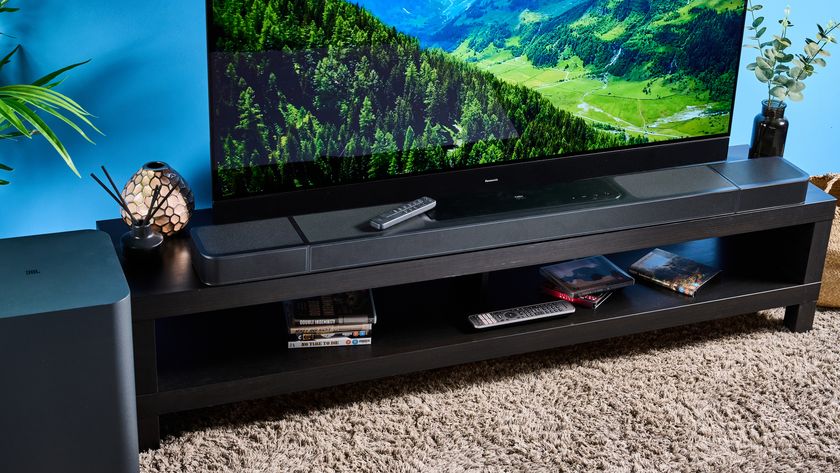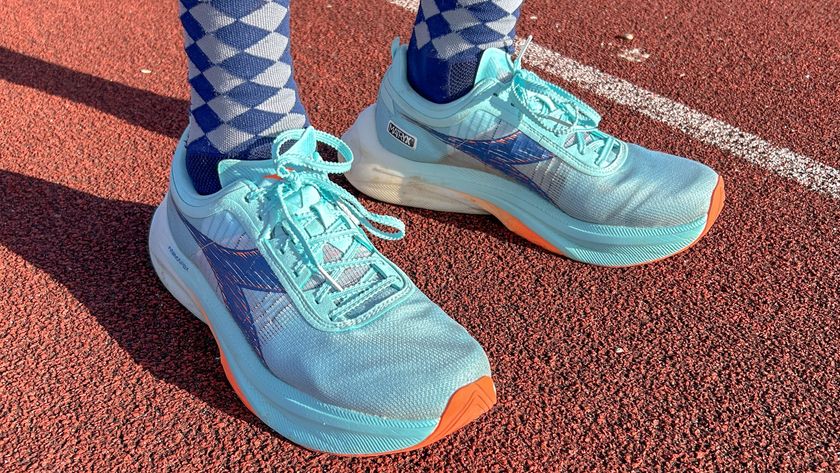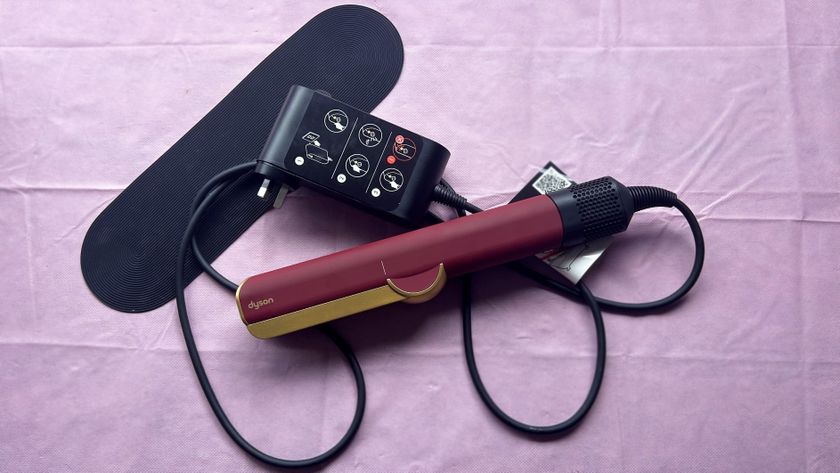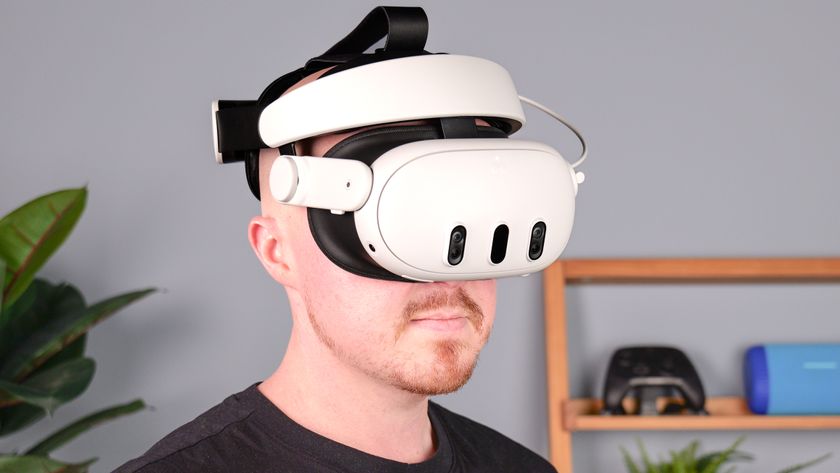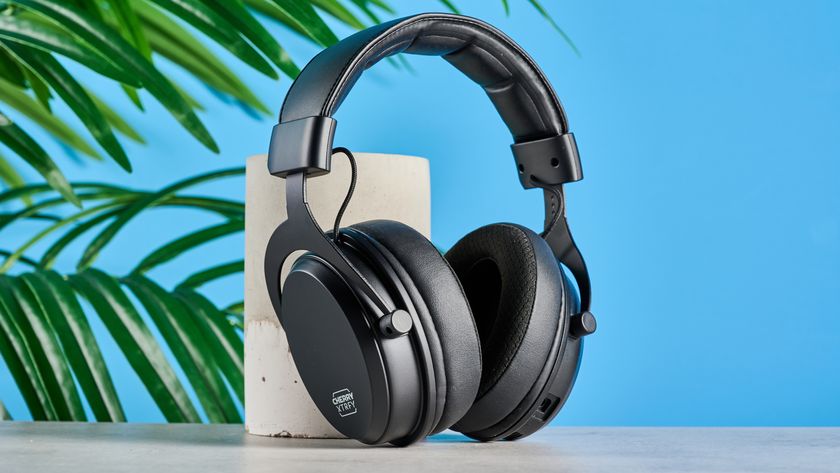Tom's Guide Verdict
With the right accessories, the Elite x3 can convert into a laptop or desktop, but Windows 10 Mobile's lack of apps is still a turnoff.
Pros
- +
Transforms from phone into mini PC
- +
Dual SIM option
- +
IT-department friendly
- +
Impressive battery life
Cons
- -
Windows Phone lacks apps
- -
Difficult to type with one hand
- -
Occasional lags when switching apps
Why you can trust Tom's Guide
HP touts the new Elite x3 as more than just a smartphone. Instead, it says the $699 device can serve as a 3-in-1 system for work. When bundled with a desk dock for $799 or with both a desk dock and a lap dock for $1,299, the Elite x3 can expand into a full-on PC workstation.
Ideally, the Elite x3 would let you grab your phone from your desk and go. That way, you wouldn't have to worry about saving and syncing your work on your desktop first, thus letting you do your work anywhere. But based on our testing, we doubt that an Elite x3 will be enough for power users.
Design
The Elite x3's exterior is undeniably high-end. With a matte, graphite body and chrome accents, the phone felt smooth to the touch, but not slippery. Chrome enrobes the Bang & Olufsen speaker grille, encircles the primary camera lens, and highlights the new, more modern HP logo on the rear. In addition to the graphite version we tested, the Elite x3 comes in gold.
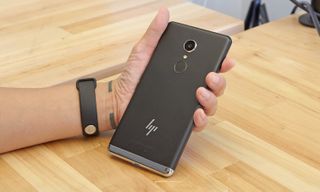
Measuring 3.29 x 6.36 x 0.31 inches, the x3 is slightly larger than the iPhone 7 Plus, so it's not ideal for one-handed typing — a must for those glued to email and messaging systems at all times. Still, it was a pleasure to stream videos on the HP's 6-inch screen. At 6.84 ounces, the x3 was noticeably heavier than the 6.63-ounce iPhone 7 Plus.
World travelers will like that the Elite x3 features dual nano SIM-card slots that allow you to make calls at home and abroad without having to switch out SIM cards. You can also use one of those slots to expand the device's storage up to 2TB with a microSD card.
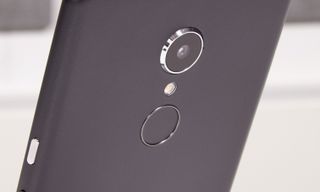
With an IP67 water resistance rating, the Elite x3 can handle being submerged in about 3 feet of water for 30 minutes, according to HP. And the screen has an anti-smudge coating, which is a nice touch for those who can't stand to see fingerprints and face smudges on their phones.
The Elite x3's desktop dock accessory connects to an external monitor via Display Port.
MORE: Best Smartphones on the Market Now
For extra security, there's a fingerprint sensor on the back of the phone, just below the camera lens, as well as an iris scanner on the front of the phone, which you can use to unlock the device. Although these are technically privacy settings, you'll set them up in the Account Settings tab. The setup is pretty straightforward, but the phone had a harder time processing my input compared with the Samsung Galaxy S7.
Replacing the PC at work?
Whether you're in a corner office, typing away at a cafe or crammed into a crowded subway, the Elite x3's hardware can adapt. The desk dock that connects the smartphone to your monitor, keyboard and mouse is heavy, but you probably won't be moving it much. The lap dock, with a 12.5-inch screen, weighs just 2.4 pounds.
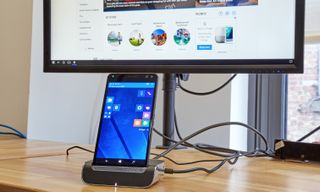
But hardware isn't the problem. It's the software, or lack thereof, that can actually get in the way of productivity. Popular apps such as Gmail, YouTube, Google Maps and Chromecast are still missing from Windows 10 Mobile.
With Microsoft's Continuum desktop experience, you should be able to work on your phone using Windows 10 Mobile apps, and then dock the phone and work on a bigger screen without skipping a beat. But that wasn't the case in our testing. A few times, when we were connecting to the dock, it took a while for the system to recognize that the monitor, keyboard and mouse were connected — a frustrating waste of time that business users probably won't want to tolerate.
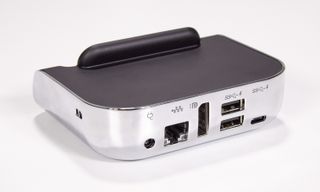
When your connection is established, your work won't automatically appear on your desktop screen. You'll have to find the apps you were using and reopen them in Continuum mode before you get back to where you were before docking. As with a PC — and better than the average smartphone — you can open more than one app at a time.
I didn't experience any problem opening and working in a dozen Edge browser tabs in desktop mode, and the vital, time-saving keyboard shortcuts I needed (like Alt-Tab) worked. But occasionally, there was an annoying lag when I tried to navigate from app to app — long enough for me to throw up my hands and bury my face into them.
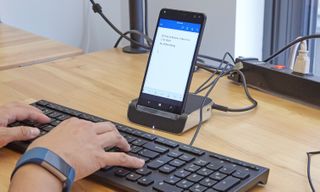
Editing a Microsoft Word document using the scaled-down Windows 10 Mobile version was a breeze, but building one from scratch using a simplified version of Word might be more of a hassle than it's worth.
People who use Google Drive extensively may be disappointed as well. When I attempted several times to edit a Google doc in an Edge browser window while typing at my usual speed, just one letter appeared in the time I typed an entire sentence. Evernote users can download the Evernote app from the Windows Store, but the app is inactive when the Elite x3 is docked and running in Continuum mode.
I had no trouble watching a YouTube video on my desktop screen while typing a note on the phone using my connected keyboard. But Elite x3 users can't have a true dual-screen setup at their desk — you can't bring your cursor from your monitor to your phone.
MORE: Best Cheap Unlocked Smartphones
Because the Elite x3 is a mobile device first, it doesn't run full Windows apps out of the box. To get full-featured 32-bit and 64-bit Windows apps, including the Microsoft Office suite and Google Chrome, your employer will have to subscribe to HP Workspace (starting at $49 per user per month, or $579 per year), and your device will have to be set up in desktop or laptop mode for them to work.
All in all, the Elite x3 could be part of an arsenal of computing devices in the workplace, but it may not be a true replacement for a power user's primary computer.
Manageability and Apps
Companies might actually appreciate the Elite x3 more than their workers will. HP bills the device as a 3-in-1 system that corporate IT departments will love.
The phone supports AirWatch, MobileIron and HP Touchpoint Manager — the business device management systems that can keep users securely connected to their employers' networks and let IT departments update software remotely and enforce company security and compliance policies, including restricting access to certain websites.
But one of the Elite x3's biggest drawbacks — and one that could keep companies from switching to the Elite x3 from iPhones or other devices — is its use of Windows 10 Mobile. This mobile operating system is found on less than 1 percent of mobile devices, according to research firm Gartner, and it will take a lot of convincing to get businesses and business users to switch from their current devices.
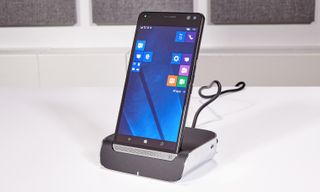
Although HP maintains that Windows is more secure and manageable than any Android operating system, app developers aren't flocking to the Windows Mobile platform, so the number of apps available remains minuscule compared with what's available on Android and iOS devices.
HP contends that just a few apps get used frequently on mobile devices, with Microsoft Outlook, Google Maps and Skype among the most popular. But the limited number of Windows apps could deter you from making this your full-time phone, especially if you rely heavily on Google products, including the Chrome browser and all of its settings and extensions. Chrome isn't available at the Windows app store, and Elite x3 users will have to rely on the Windows Edge browser instead.
The ability to use two SIM cards in one phone could let users combine their work and personal cellphones into one device while keeping both phone numbers. But unless you work in a field where carrying two phones is too cumbersome, we don't see any Android or iPhone users ditching one of their devices for the Elite x3.
Display and Sound
I found myself straining a little less than normal to see details while watching a movie trailer on the x3's large, 5.96-inch WQHD, Gorilla Glass 4 display, which contains four times as many pixels as you'd see on a regular HD screen.

But using a light meter, we measured the brightness at 318 nits, which is below the 428-nit average for smartphones. Not surprisingly, I strained to see anything on the screen while standing in direct sunlight.
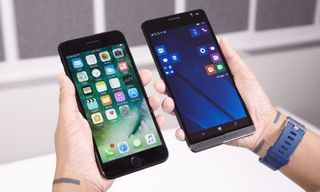
Based on our in-house testing, colors were less accurate than those on a Samsung Galaxy S7 Edge, for instance. The Elite x3 registered a Delta-E rating of 5.6, while the S7 Edge scored 2.9. (Numbers closer to 0 are better.) Granted, color accuracy may not be of utmost importance for those who spend a majority of their time writing, checking email and videoconferencing.
MORE: The Best Cellphone Plans for Families and Individuals
For calls and voice recording, the Elite x3 has three noise-canceling, omni-directional microphones. It has two front-facing stereo speakers that HP boasts are tuned by Bang & Olufsen. But when we played a movie trailer on full blast, the sound wasn't as clear or as loud as it was on an iPhone 7 Plus.
Camera
The Elite x3's 16-megapixel rear camera and 8-MP front camera may not be the most important features on a work phone, but the shots they take can be impressively crisp, capturing sharp edges and fine details. Unfortunately, the phone struggles with color accuracy.
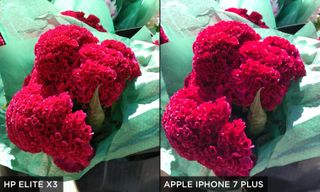
A shot of magenta and furry-looking English Cockscomb flowers in direct sunlight appeared redder than they did in real life and less accurate than what I shot with an iPhone 7 Plus. However, the x3 did a better job of capturing the crinkles in the tissue paper wrapped around the flowers.
A medium-distance shot of a bunch of chili peppers taken under the shade of a tent in New York's Union Square farmers market appeared too yellow, while the same shot with the iPhone 7 Plus produced more accurate colors. When you look closer, the finer details, like the edges and dried parts of the peppers, looked sharp in the x3's photo.
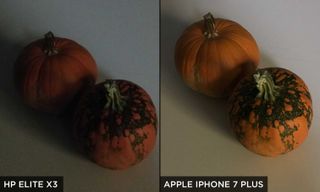
A low-light shot of two pumpkins came out much darker and grainier than one taken with the iPhone 7 Plus' camera.
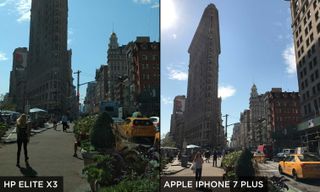
You might expect the Elite's 16-MP camera to pick up more details in a wide shot of the brightly sunlit Flatiron District than the 12-MP iPhone camera would. But the Elite's shot came out dark, so shadows and edges of objects appeared somewhat muddy.
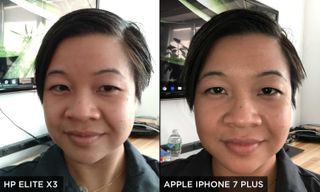
For better or for worse, the Elite's 8-MP selfie camera definitely picks up finer details than the iPhone 7's front camera. But in a naturally lit room with the window shades half drawn, the side of my face that was lit more appeared a bit washed out in the x3's photo. The iPhone 7 Plus' photo portrayed the lighting more accurately.
Battery Life
The Elite x3 has a giant 4,150-mAh lithium-ion polymer battery, compared with the 3,600-mAh battery in the Samsung Galaxy S7 Edge and the 2,900-mAh battery in the iPhone 7 Plus.
After we streamed a 60-minute episode of Daredevil on Netflix at 50 percent screen brightness, the battery level dropped by less than 10 percent of the battery's total amount, from 84 percent to 75 percent.
According to HP, depending on the network and other conditions, the x3 battery could give you up to 14 hours of web surfing, compared with the 10 hours and 38 minutes we got out of the iPhone 7 Plus in-house. The average smartphone turns in a time of 8:58 on our battery test of continuous web surfing with a screen brightness of 150 nits.
MORE: Smartphones with the Longest Battery Life
The Elite X3 has a screen time feature that prevented us from running our usual battery test involving continuous Web surfing over an LTE network. We’re working on a fix and will update this review with test numbers when they become available.
But anecdotally, I found the x3 to have a lot of endurance. The battery level didn’t budge from 99 percent after a couple of hours in standby mode and lasted more than two days with only occasional use texting, browsing the web and taking photos.
Performance
The Elite x3 includes 4GB of RAM, and HP says the x3's Qualcomm Snapdragon 820 processor has three times more processing power and network speed than Snapdragon 810. Even so, I experienced lag every time I tried to load a new page in the Edge browser, in Wi-Fi and more so on AT&T's LTE network.
Bottom Line
HP's Elite x3 can bolster productivity by transforming from phone to desktop to laptop. We certainly give the phone points for versatility, and the battery life seems impressive. But the process of going from handheld device to workstation mode wasn't as seamless as we'd hoped, and the lack of Windows Mobile apps remains a challenge if you do more than the very basics with your work phone. In addition, the Elite x3's camera struggles in low light.
Although HP does a fairly good job of leveraging the Continuum feature in Windows 10 Mobile, both HP and Microsoft need to make improvements to the platform before workers will feel confident switching from iOS and Android. For now, the iPhone 7 Plus or the Galaxy S7 Edge remain better choices for big-screen power users.
Althea Chang is Associate Director of Content Development for Consumer Reports and was previously a Senior Writer for Tom's Guide, covering mobile devices, health and fitness gadgets and car tech.
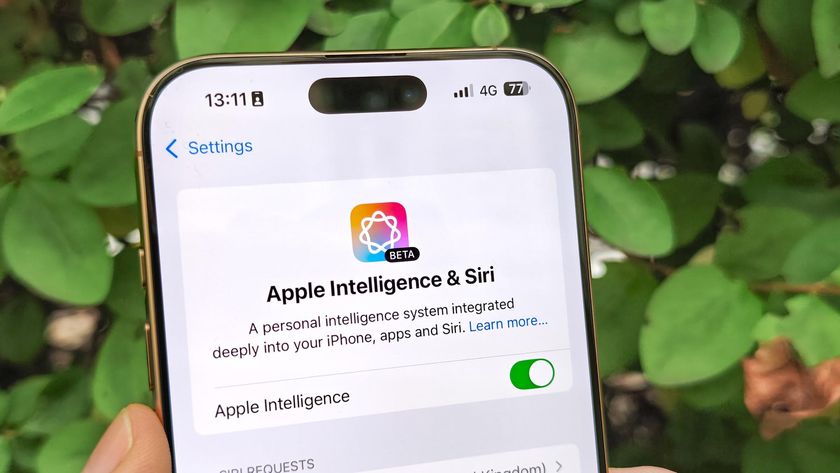
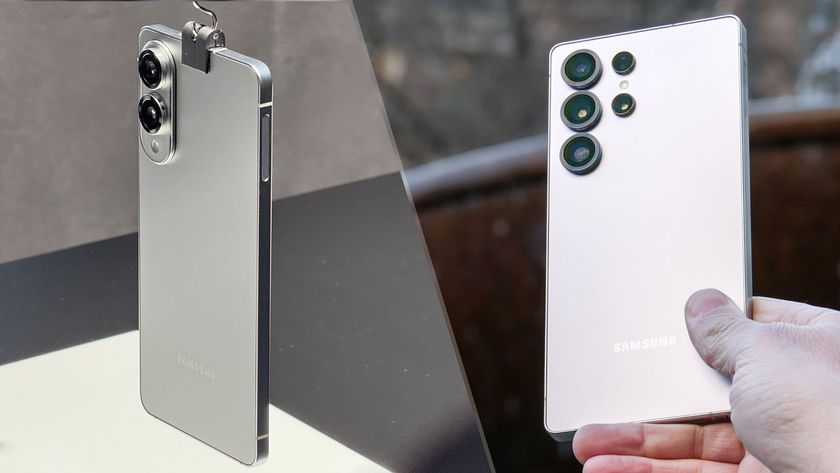
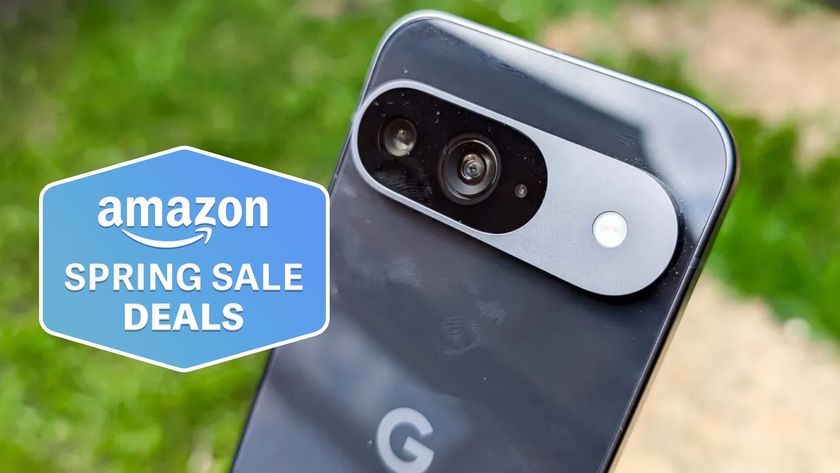
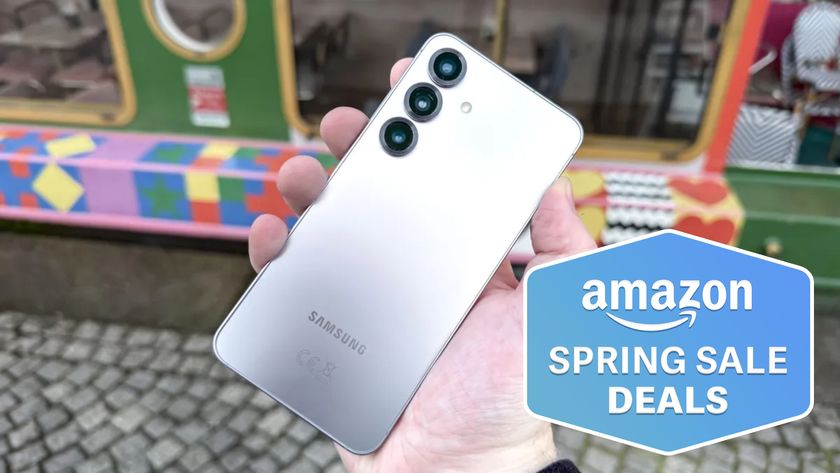
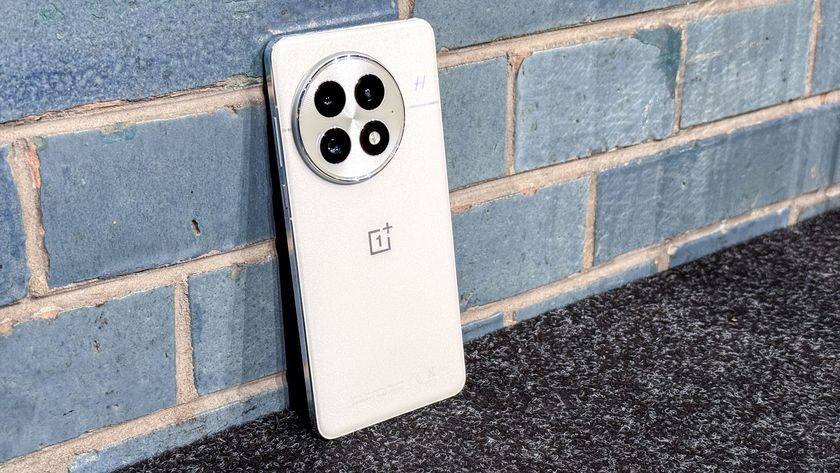
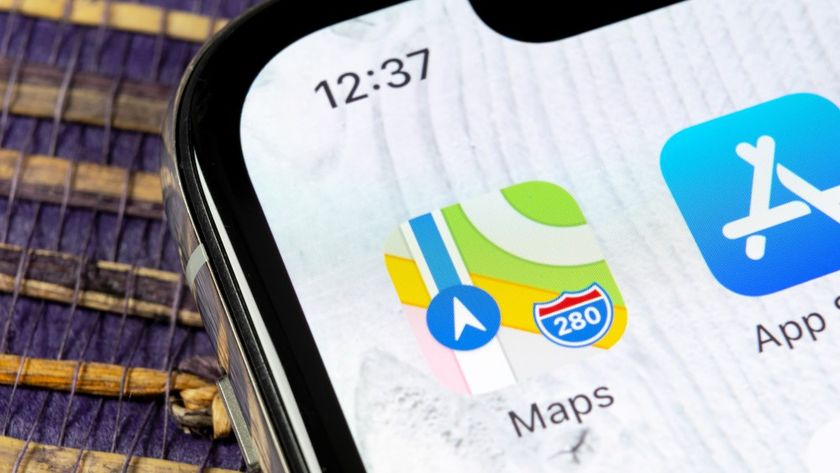
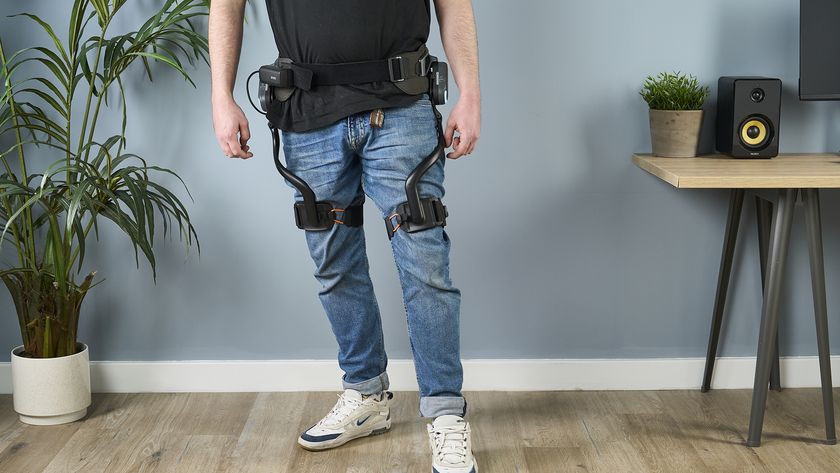
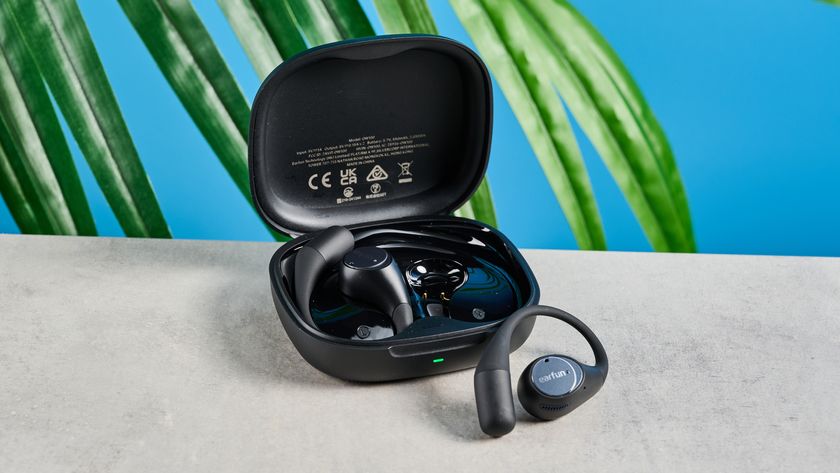
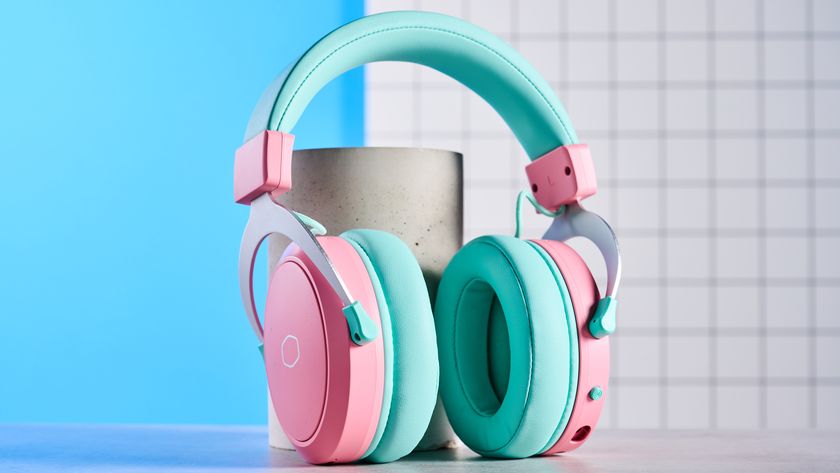
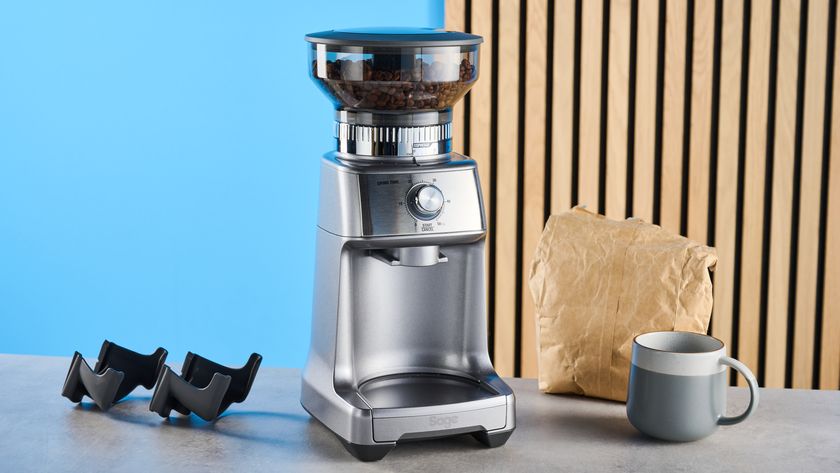
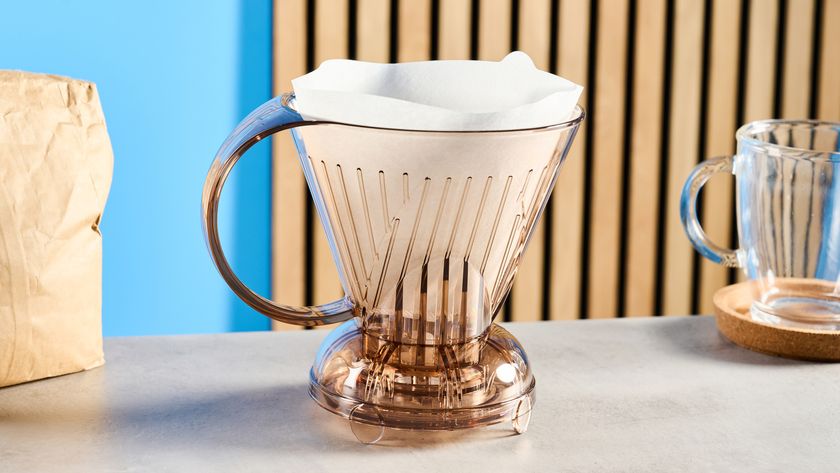
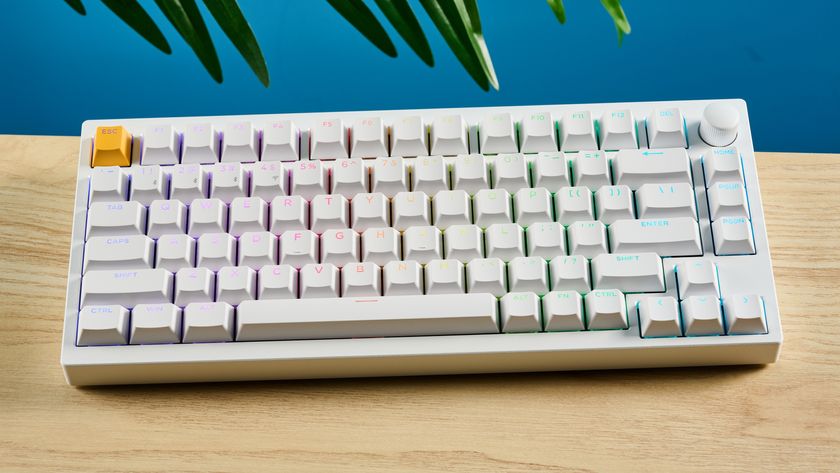
-
techy74 Still confused MS has a feature that no one else has. Continuum looks like a great feature, a great way to target business users and others who could use an all-in-one. Why does a MS based phone need a Gmail , Google maps or Chromecast? How many businesses would use gmail over MS office?Reply
Reviewing a business / smartphone should be more than how many apps in has available or amount of it's marketshare. -
pushtak7 I'm using the Elite X3 in a small business environment for about two months. It is, effectively, a 3-in-1 device. With Continuum I'm able to perform at the desk many "go to phone" tasks, like messaging. I feel it's a huge productivity boost. Also, a small business can easily setup a Remote Desktop Host Server (as my business does), use the phone as a thin client, and have all the full-featured programs and services at the desktop (without relying on the expensive HP services). All the jabber about paucity of apps and "ecosystem" sounds to me a lot like what we used to call "vendor lock-in". I get all the services I need through the Edge browser, and most of the "apps" are just wrappers around a website, anyway.Reply -
jdtomg Critical much? I knew it was gonna be a no review when right off the bat came "noticeably heavier than the iPhone 7 XL", at .21 oz. How in the hell you feel that difference is beyond me. Looked online for an example of things that weigh 1 ounce: slice of bread, 3.5 french fries. So the "noticeably heavier" is 1/5 of a slice of bread, or less than 1 french fry. If I add the rugged case, am I gonna be able to carry it? Gimme a break. And it's downhill from there. Not everybody that uses a phone wants to download crap to their phone, which is what most of the "20 gazillion million" of the iPhone and Android apps are. 99% is kid stuff. Windows Mobile will be back, and the people that want it are the people who are actually trying to do stuff other than Snapchat or Angry Birds.Reply
